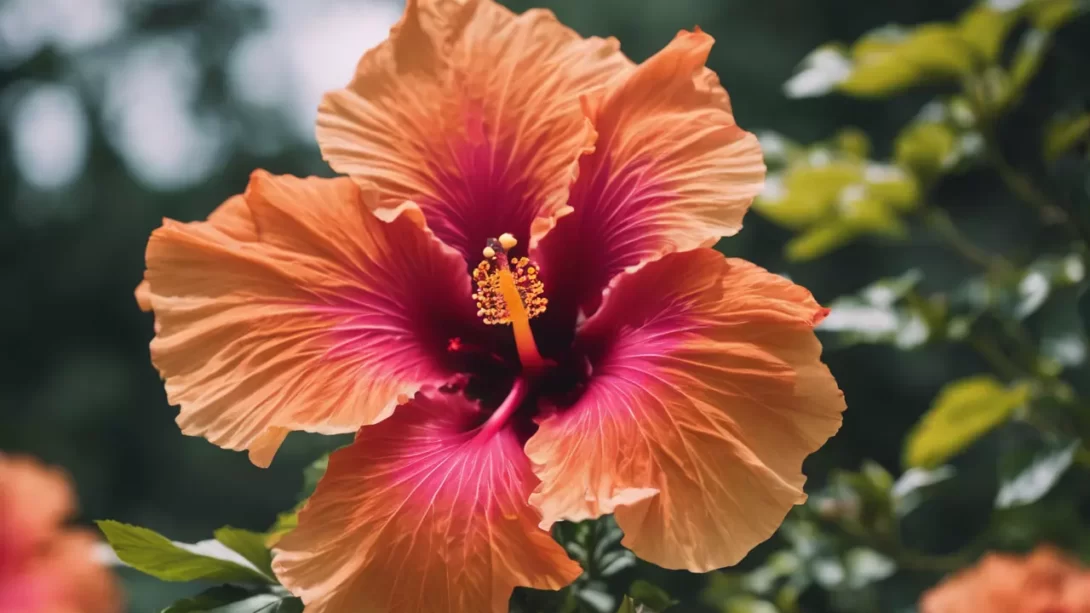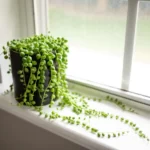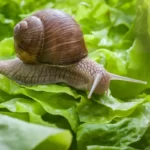Hibiscus, with its large, vibrant flowers, is a stunning addition to any garden or landscape. Whether tropical or hardy, these plants can sometimes require transplanting to thrive. This article is designed to guide gardeners on the best time and methods for transplanting hibiscus, ensuring the plant’s health and continued blooming.
Hibiscus Plants
Hibiscus plants come in two primary varieties: tropical and hardy. Tropical hibiscus, known for its glossy leaves and bright, large flowers, thrives in warm environments and typically needs to be brought indoors during colder months. Hardy hibiscus, on the other hand, can withstand colder temperatures and is known for its ability to survive in more temperate climates. Both varieties require well-draining soil and plenty of sunlight but differ in their tolerance to temperature and frost.
Ideal Timing for Transplanting Hibiscus
The timing for transplanting hibiscus is crucial and varies based on the variety:
- Tropical Hibiscus: The best time to transplant tropical hibiscus is in the spring, after the threat of frost has passed and the temperatures are consistently warm. This timing gives the plant a full growing season to establish itself before cooler temperatures arrive.
- Hardy Hibiscus: For hardy hibiscus, late fall or early spring are ideal times for transplanting. In fall, it should be done after the plant has finished blooming and begun to go dormant. In spring, it should be done before new growth starts.
Factors Influencing Transplanting Time
Several factors should be considered to determine the best time for transplanting hibiscus:
- Plant Maturity: Ensure the plant is mature enough to handle the stress of being moved. Younger, less established plants may be more vulnerable to transplant shock.
- Seasonal Temperatures: Transplanting should be done when temperatures are mild to avoid extreme heat or cold, which can stress the plant.
- Blooming Cycle: Avoid transplanting while the hibiscus is blooming, as this can interrupt its natural growth and flowering cycle.
Preparing for Transplantation
Proper preparation is key to a successful transplant of your hibiscus plant. Here’s what you need to do before the actual move:
- Watering the Plant: A few days before transplanting, water your hibiscus thoroughly. This ensures that the plant is well-hydrated and more resilient to the stress of being moved.
- Preparing the New Site: Choose a location with adequate sunlight and protection from harsh winds. Hibiscus plants prefer well-draining soil rich in organic matter. Amend the new site with compost and ensure it has good drainage to avoid root rot.
- Pruning: Lightly prune the hibiscus to remove any dead or weak branches. This reduces the stress on the plant during transplanting and helps to conserve its energy.
The Transplanting Process
Once your hibiscus and the new site are ready, follow these steps to ensure a smooth transplant:
- Digging Up the Plant: Carefully dig around the hibiscus, creating a wide berth around the root ball to avoid cutting into the roots. Gently lift the plant out of the ground, keeping as much of the root system intact as possible.
- Moving the Hibiscus: Transport the hibiscus to its new location. If there’s a delay in replanting, keep the roots moist by wrapping them in a damp cloth or burlap.
- Replanting: Plant the hibiscus in the prepared site at the same depth it was previously growing. Fill the hole with soil and gently firm it around the base of the plant. Water it thoroughly to settle the soil and eliminate air pockets.
Aftercare for Transplanted Hibiscus
Taking care of your hibiscus after transplanting is crucial for its recovery and growth:
- Watering: Maintain consistent moisture in the soil, especially in the first few weeks after transplanting. Avoid overwatering, as hibiscus does not like to sit in waterlogged soil.
- Mulching: Apply a layer of organic mulch around the base of the plant. This helps in retaining soil moisture and regulating temperature.
- Fertilizing: Wait until the hibiscus shows signs of new growth before applying fertilizer. Use a balanced, slow-release fertilizer suitable for flowering plants.
Common Challenges in Transplanting Hibiscus
Transplanting hibiscus can sometimes present challenges that need to be addressed promptly:
- Transplant Shock: It’s common for hibiscus plants to experience some degree of shock after being moved. Symptoms include drooping leaves and slowed growth. To mitigate this, ensure minimal root disturbance during transplanting and provide consistent care afterwards.
- Root Damage: Handle the root ball with care. If any roots are damaged during the transplant, trim them cleanly to promote healing and new growth.
- Pests and Diseases: After transplanting, hibiscus plants may be more susceptible to pests and diseases. Regularly inspect the plant and treat any issues early with appropriate organic or chemical treatments.
Conclusion
Transplanting hibiscus can give these beautiful plants a new lease on life and can be a rewarding experience for gardeners. By transplanting at the right time, preparing both the plant and the new site adequately, and providing attentive aftercare, you can help ensure the successful establishment of your hibiscus in its new location.
Whether you’re moving a tropical or hardy variety, the key to a thriving transplant lies in understanding the specific needs of your hibiscus and adjusting your care accordingly. With patience and proper care, your transplanted hibiscus will continue to be a stunning feature in your garden, showcasing its vibrant blooms and lush foliage.
In conclusion, while transplanting hibiscus requires some effort, the results can be highly gratifying. Successfully relocated, these plants not only enhance the beauty of your garden but also offer a sense of achievement in seeing them flourish in their new home. Whether for aesthetic reasons, garden redesign, or health of the plant, following these guidelines will help ensure your hibiscus thrives after transplanting.



